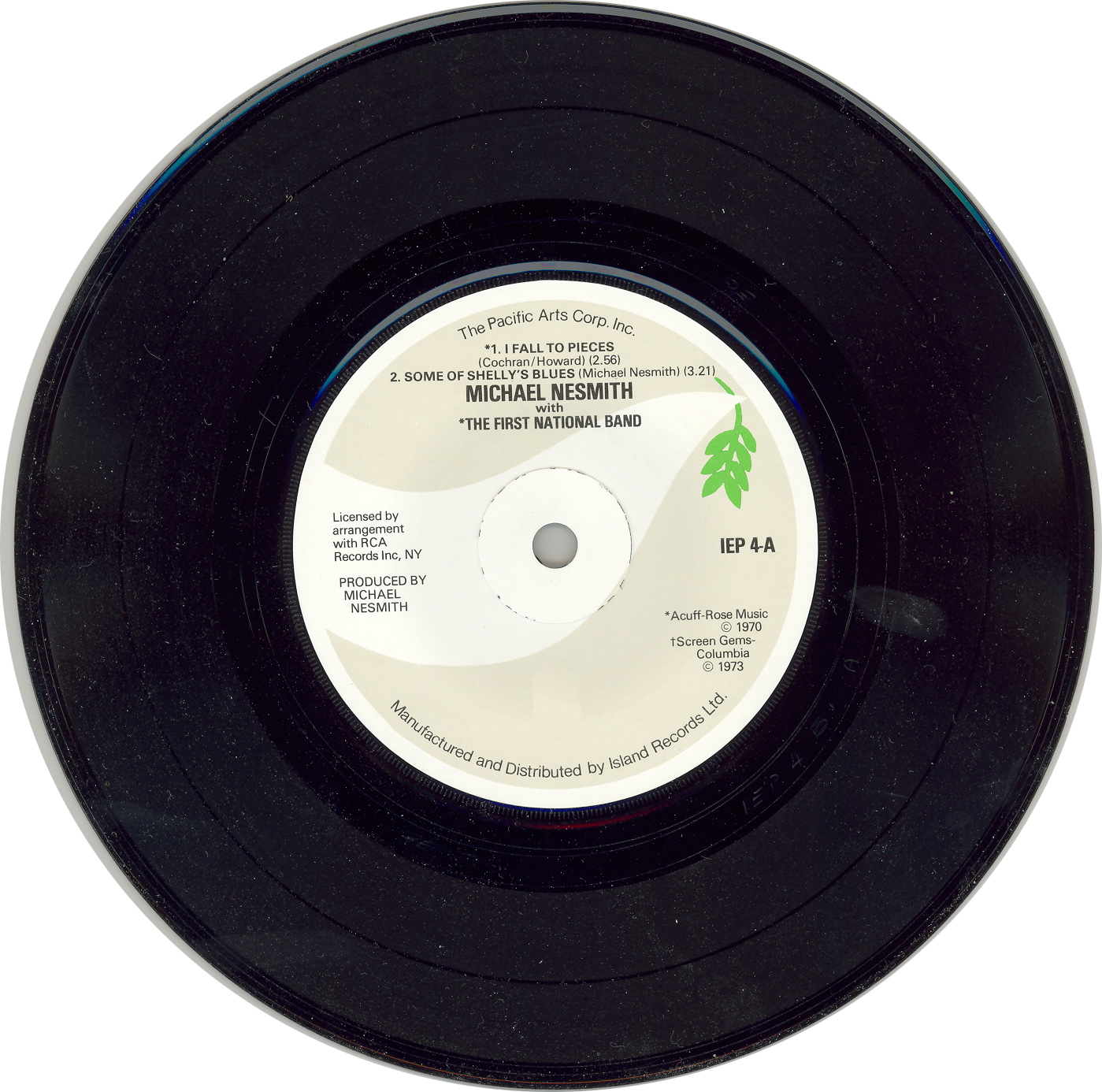|
We Beheld The Last Contraction Of The Seraph
''We Beheld the Last Contraction of the Seraph'' is an EP by Abu Lahab, independently released on February 5, 2012. Track listing Personnel Adapted from the ''We Beheld the Last Contraction of the Seraph'' liner notes. * Abu Lahab – vocals, instruments, cover art Cover art is a type of artwork presented as an illustration or photograph on the outside of a published product such as a book (often on a dust jacket), magazine, newspaper ( tabloid), comic book, video game (box art), music album (album art), ... References External links ''We Beheld the Last Contraction of the Seraph''at Discogs (list of releases) ''We Beheld the Last Contraction of the Seraph''on YouTube {{Authority control 2012 EPs Abu Lahab (musical project) albums ... [...More Info...] [...Related Items...] OR: [Wikipedia] [Google] [Baidu] |
Abu Lahab (musical Project)
Abu Lahab is an experimental music project based in Morocco. It takes its name from Abū Lahab, meaning "Father of Flame", who is recognized in Islamic tradition as one of the most prominent leaders in the Quraysh tribe of Banu Hashim and paternal uncle to the prophet Muhammad. Because of the nihilistic and anti-Islamic themes present in his oeuvre, the composer behind Abu Lahab has chosen to remain unidentified. Active since 2000, the project bridges dark ambient, industrial and drone music to create nightmarish soundscapes. His three full-length albums, '' Humid Limbs of the Torn Beadsman'' (2012), '' Supplications of the Last Gyrosophist'' (2013) and ''Tungasht'' (2018), were met with enthusiasm by parts of the musical community. History Between his beginnings in 2000 and first official releases in 2010, the composer of Abu Lahab's music worked under various pseudonyms. Starting in 2007, he began issuing a number of demo releases under the name Abu Lahab, including ''The Blac ... [...More Info...] [...Related Items...] OR: [Wikipedia] [Google] [Baidu] |
Noise Music
Noise music is a genre of music that is characterised by the expressive use of noise within a musical context. This type of music tends to challenge the distinction that is made in conventional musical practices between musical and non-musical sound. Noise music includes a wide range of musical styles and sound-based creative practices that feature noise as a primary aspect. Noise music can feature acoustically or electronically generated noise, and both traditional and unconventional musical instruments. It may incorporate live machine sounds, non-musical vocal techniques, physically manipulated audio media, processed sound recordings, field recording, computer-generated noise, stochastic process, and other randomly produced electronic signals such as distortion, feedback, static, hiss and hum. There may also be emphasis on high volume levels and lengthy, continuous pieces. More generally noise music may contain aspects such as improvisation, extended technique, cacophony ... [...More Info...] [...Related Items...] OR: [Wikipedia] [Google] [Baidu] |
Humid Limbs Of The Torn Beadsman
''Humid Limbs of the Torn Beadsman'' is the debut studio album of Abu Lahab, independently released on August 4, 2012. Track listing Personnel Adapted from the ''Humid Limbs of the Torn Beadsman'' liner notes. * Abu Lahab – vocals, instruments, cover art Cover art is a type of artwork presented as an illustration or photograph on the outside of a published product such as a book (often on a dust jacket), magazine, newspaper ( tabloid), comic book, video game (box art), music album (album art), ... References External links ''Humid Limbs of the Torn Beadsman''at Discogs (list of releases) ''Humid Limbs of the Torn Beadsman''on YouTube {{Authority control 2012 debut albums Abu Lahab (musical project) albums ... [...More Info...] [...Related Items...] OR: [Wikipedia] [Google] [Baidu] |
Extended Play
An extended play record, usually referred to as an EP, is a musical recording that contains more tracks than a single but fewer than an album or LP record.Official Charts Company , access-date=March 21, 2017 Contemporary EPs generally contain four or five tracks, and are considered "less expensive and time-consuming" for an artist to produce than an album. An EP originally referred to specific types of other than 78 [...More Info...] [...Related Items...] OR: [Wikipedia] [Google] [Baidu] |
Musical Instrument
A musical instrument is a device created or adapted to make musical sounds. In principle, any object that produces sound can be considered a musical instrument—it is through purpose that the object becomes a musical instrument. A person who plays a musical instrument is known as an instrumentalist. The history of musical instruments dates to the beginnings of human culture. Early musical instruments may have been used for rituals, such as a horn to signal success on the hunt, or a drum in a religious ceremony. Cultures eventually developed composition and performance of melodies for entertainment. Musical instruments evolved in step with changing applications and technologies. The date and origin of the first device considered a musical instrument is disputed. The oldest object that some scholars refer to as a musical instrument, a simple flute, dates back as far as 50,000 - 60,000 years. Some consensus dates early flutes to about 40,000 years ago. However, most historians be ... [...More Info...] [...Related Items...] OR: [Wikipedia] [Google] [Baidu] |
Cover Art
Cover art is a type of artwork presented as an illustration or photograph on the outside of a published product such as a book (often on a dust jacket), magazine, newspaper ( tabloid), comic book, video game (box art), music album (album art), CD, videotape, DVD, or podcast. The art has a primarily commercial function, for instance to promote the product it is displayed on, but can also have an aesthetic function, and may be artistically connected to the product, such as with art by the creator of the product. Album cover art Album cover art is artwork created for a music album. Notable album cover art includes Pink Floyd's ''The Dark Side of the Moon, King Crimson's In the Court of the Crimson King,'' the Beatles' '' Sgt. Pepper's Lonely Hearts Club Band'', ''Abbey Road'' and their self-titled "White Album" among others. Albums can have cover art created by the musician, as with Joni Mitchell's ''Clouds'', or by an associated musician, such as Bob Dylan's artwork for the cov ... [...More Info...] [...Related Items...] OR: [Wikipedia] [Google] [Baidu] |
Discogs
Discogs (short for discographies) is a database of information about audio recordings, including commercial releases, promotional releases, and bootleg or off-label releases. While the site was originally created with a goal of becoming the largest online database of electronic music, the site now includes releases in all genres on all formats. After the database was opened to contributions from the public, rock music began to become the most prevalent genre listed. , Discogs contains over 15.7 million releases, by over 8.3 million artists, across over 1.9 million labels, contributed from over 644,000 contributor user accounts – with these figures constantly growing as users continually add previously unlisted releases to the site over time. The Discogs servers, currently hosted under the domain name discogs.com, are owned by Zink Media, Inc. and located in Portland, Oregon, United States. History The discogs.com domain name was registered in August 2000, and Discogs itself ... [...More Info...] [...Related Items...] OR: [Wikipedia] [Google] [Baidu] |
2012 EPs
1 (one, unit, unity) is a number representing a single or the only entity. 1 is also a numerical digit and represents a single unit of counting or measurement. For example, a line segment of ''unit length'' is a line segment of length 1. In conventions of sign where zero is considered neither positive nor negative, 1 is the first and smallest positive integer. It is also sometimes considered the first of the infinite sequence of natural numbers, followed by 2, although by other definitions 1 is the second natural number, following 0. The fundamental mathematical property of 1 is to be a multiplicative identity, meaning that any number multiplied by 1 equals the same number. Most if not all properties of 1 can be deduced from this. In advanced mathematics, a multiplicative identity is often denoted 1, even if it is not a number. 1 is by convention not considered a prime number; this was not universally accepted until the mid-20th century. Additionally, 1 is the ... [...More Info...] [...Related Items...] OR: [Wikipedia] [Google] [Baidu] |




